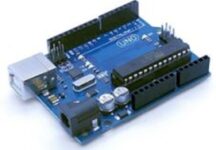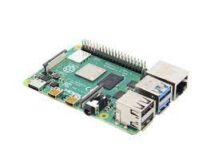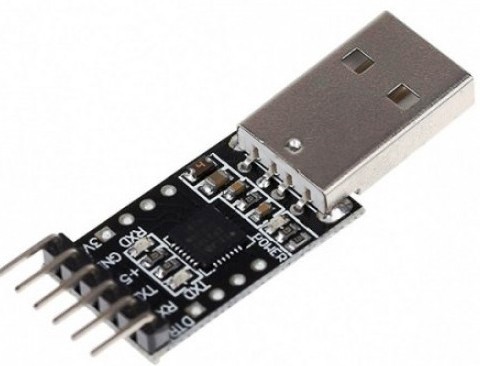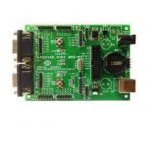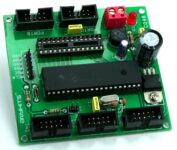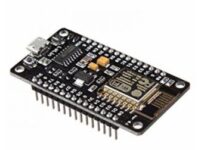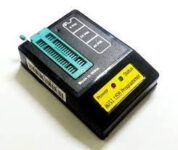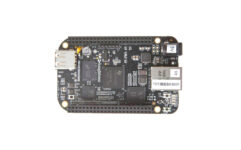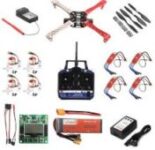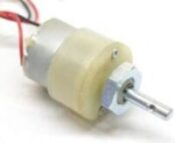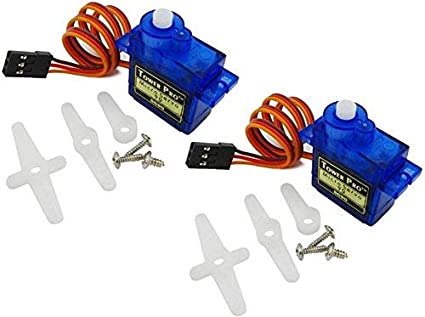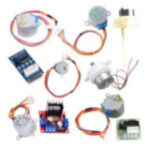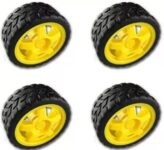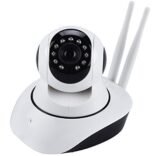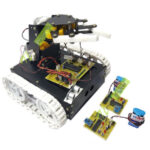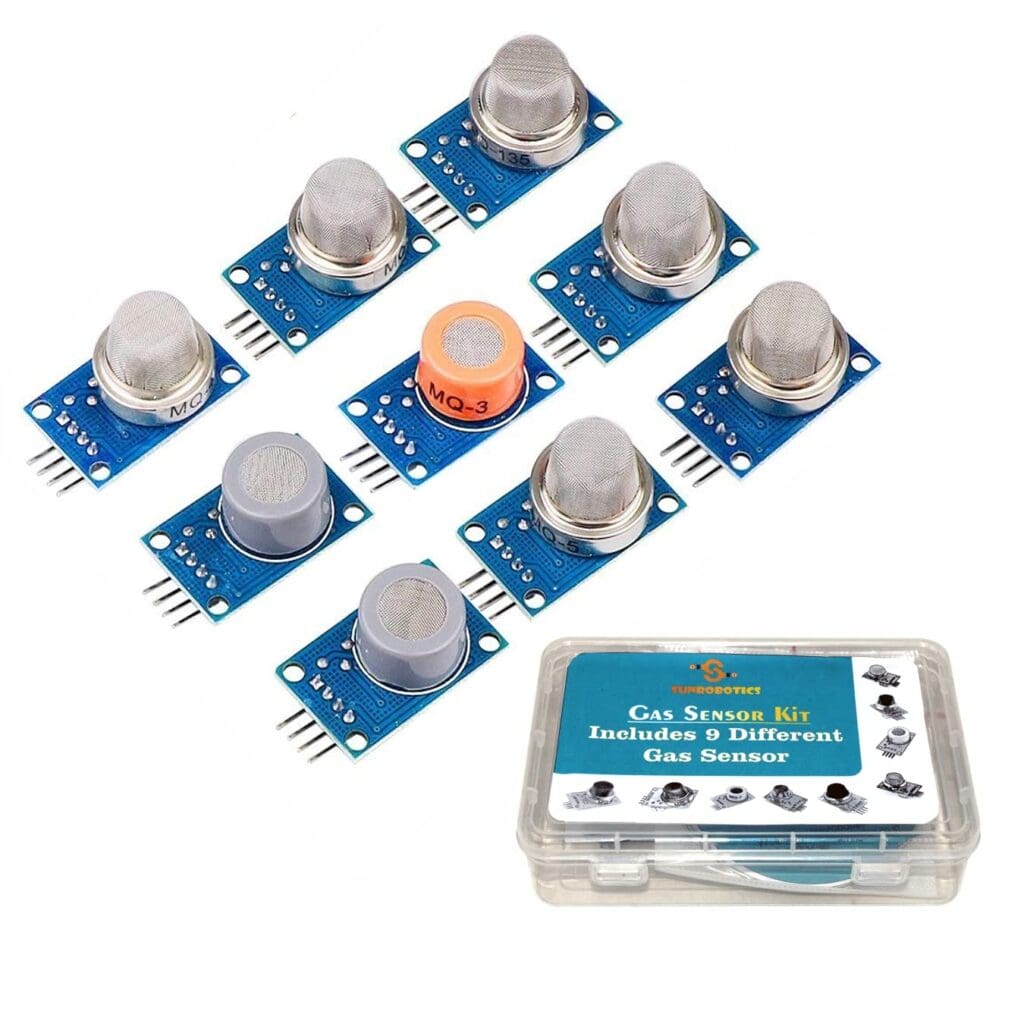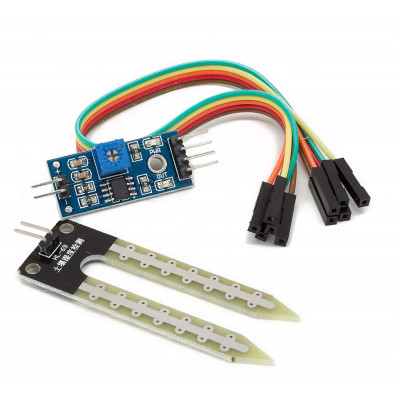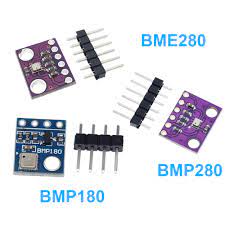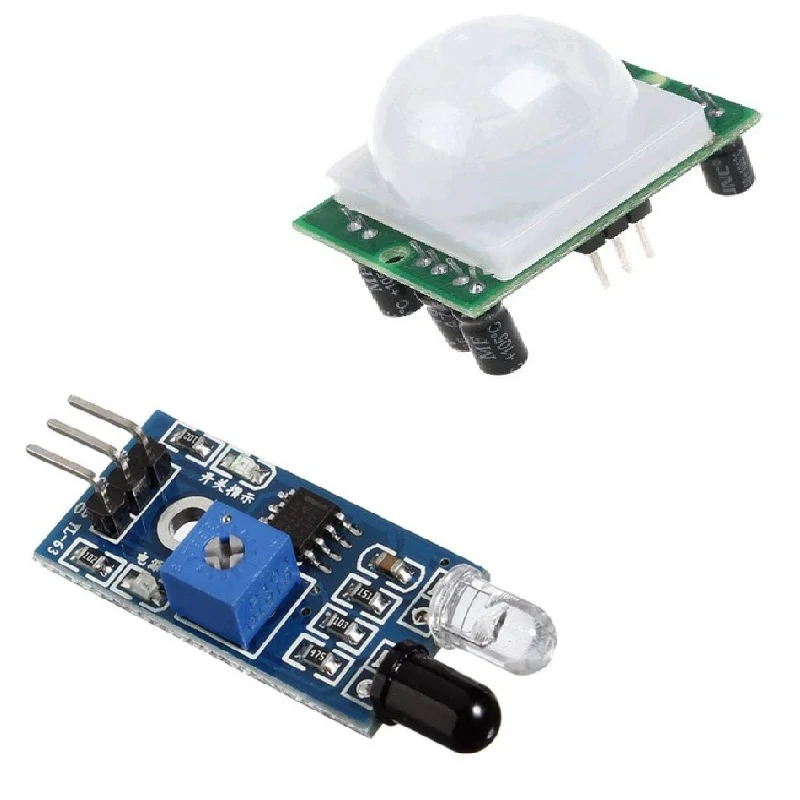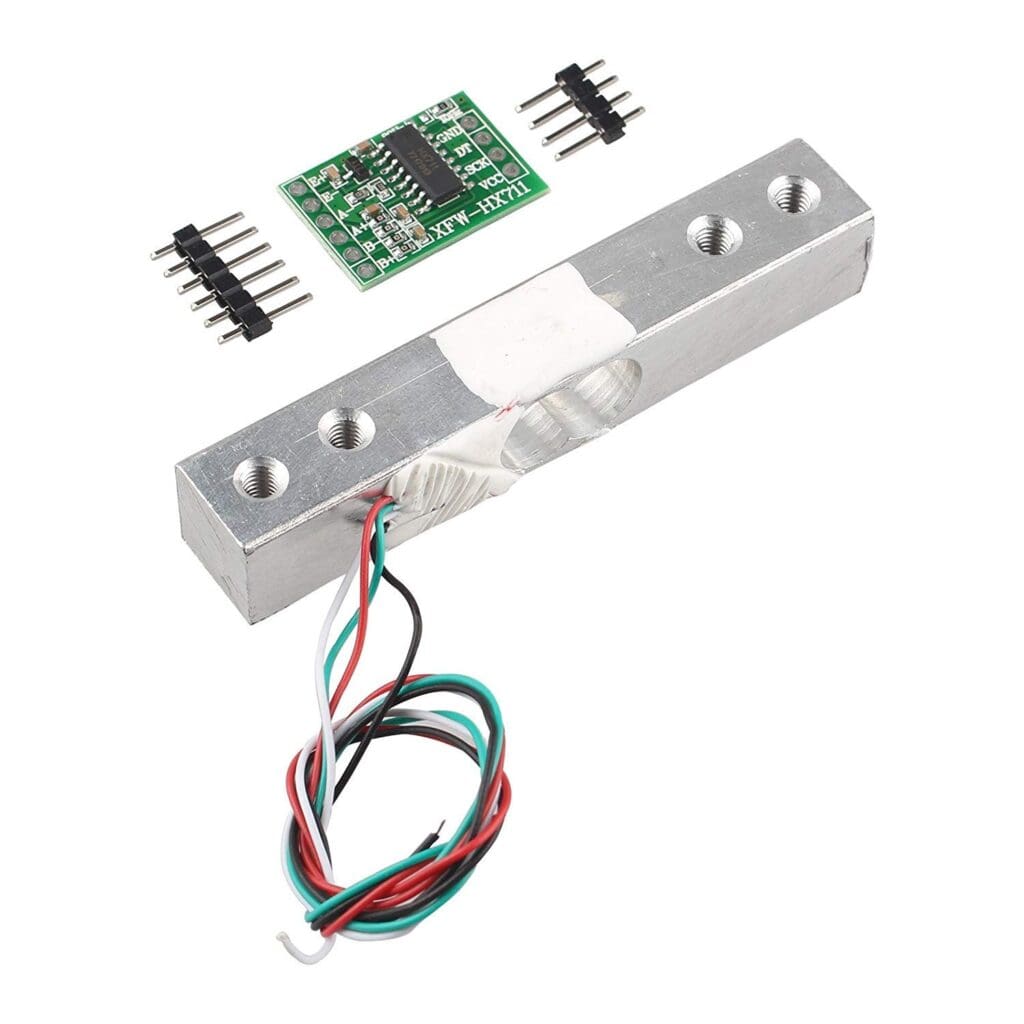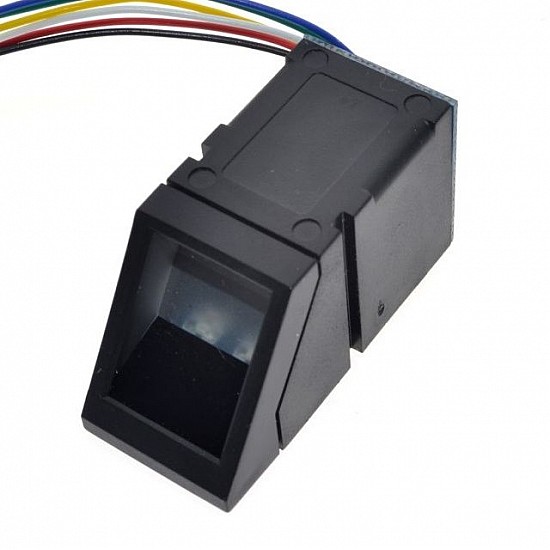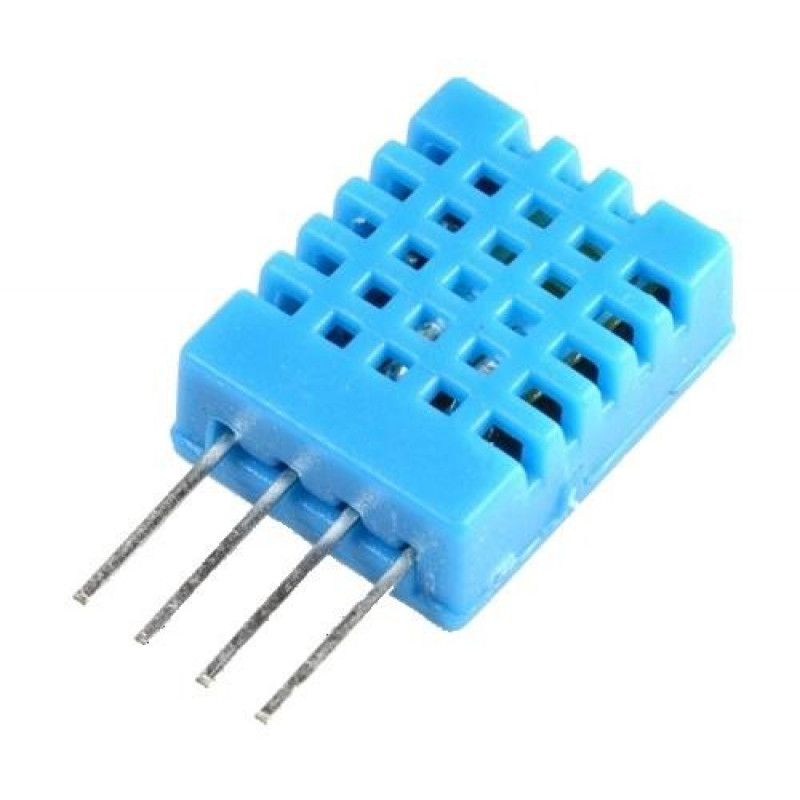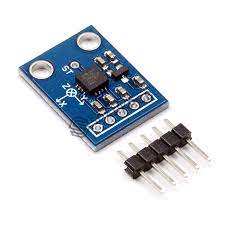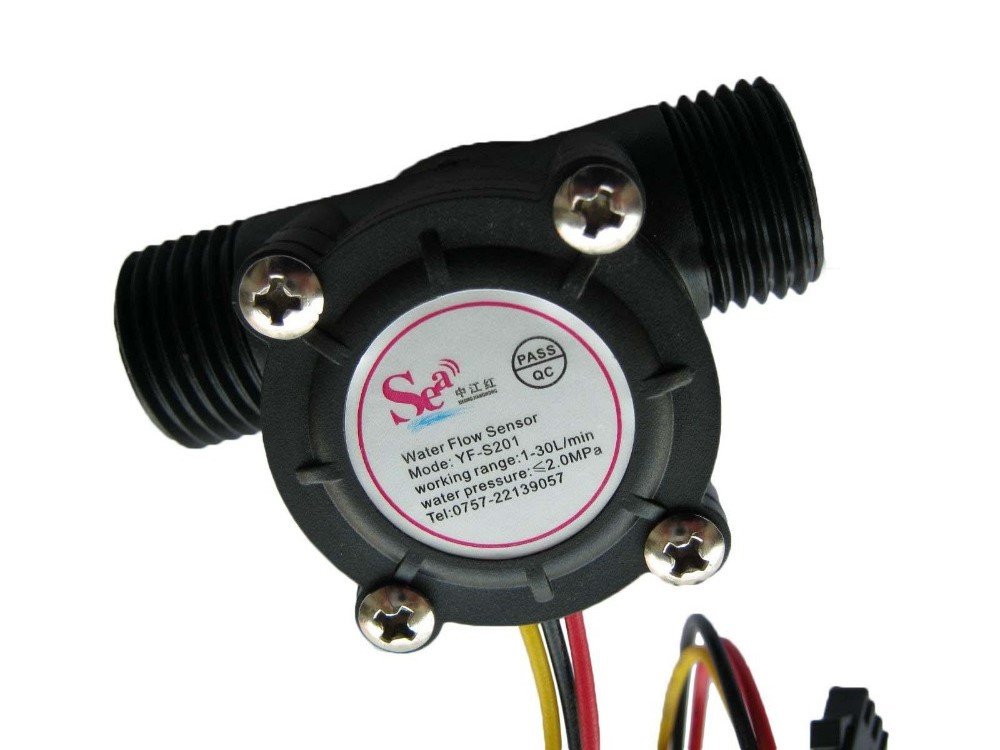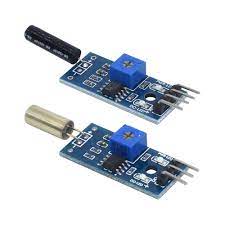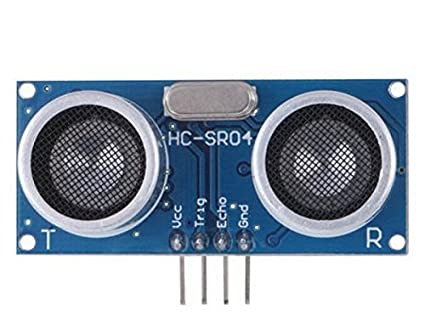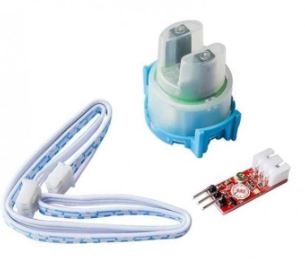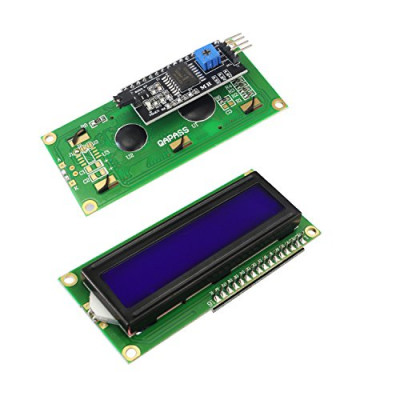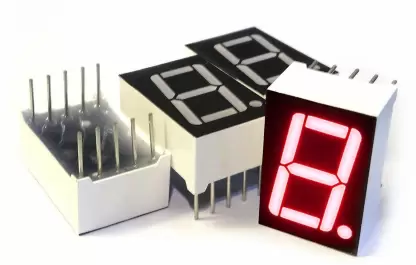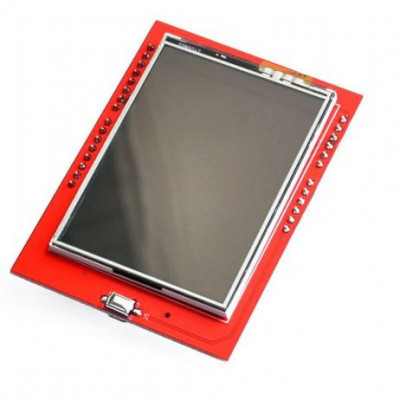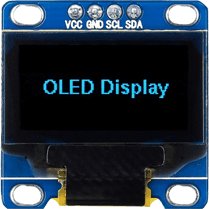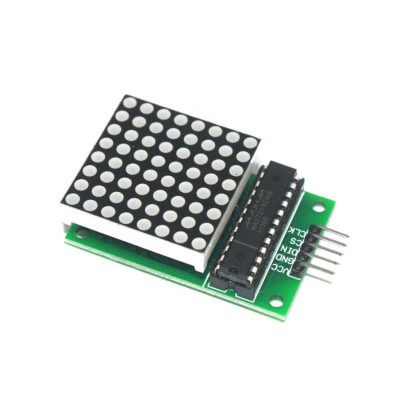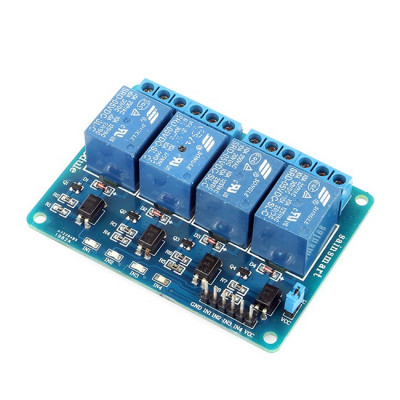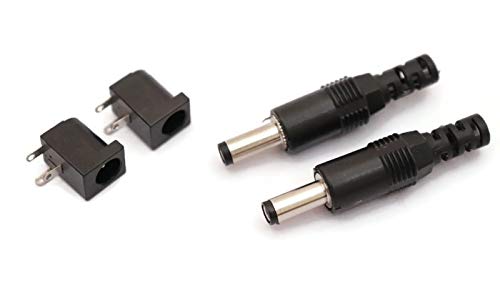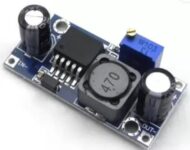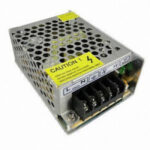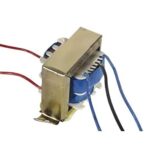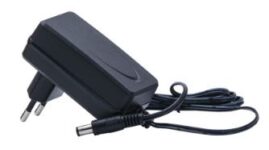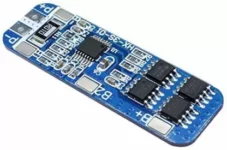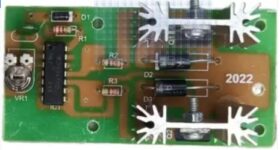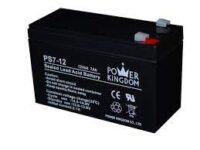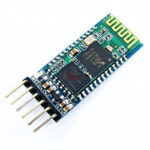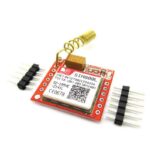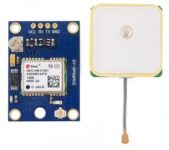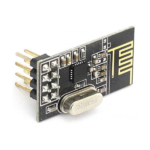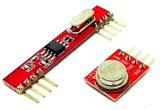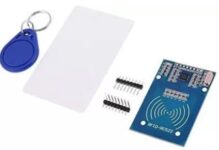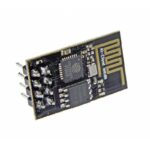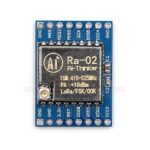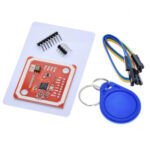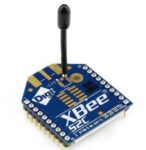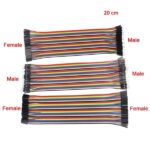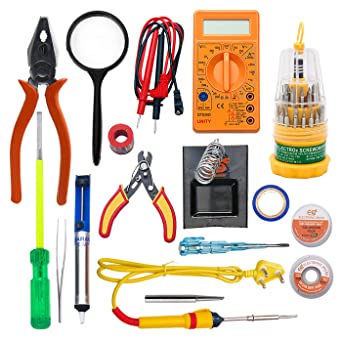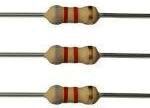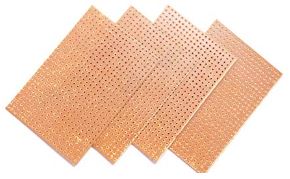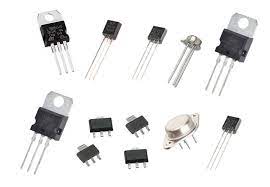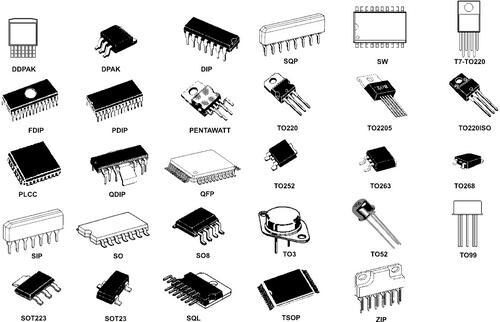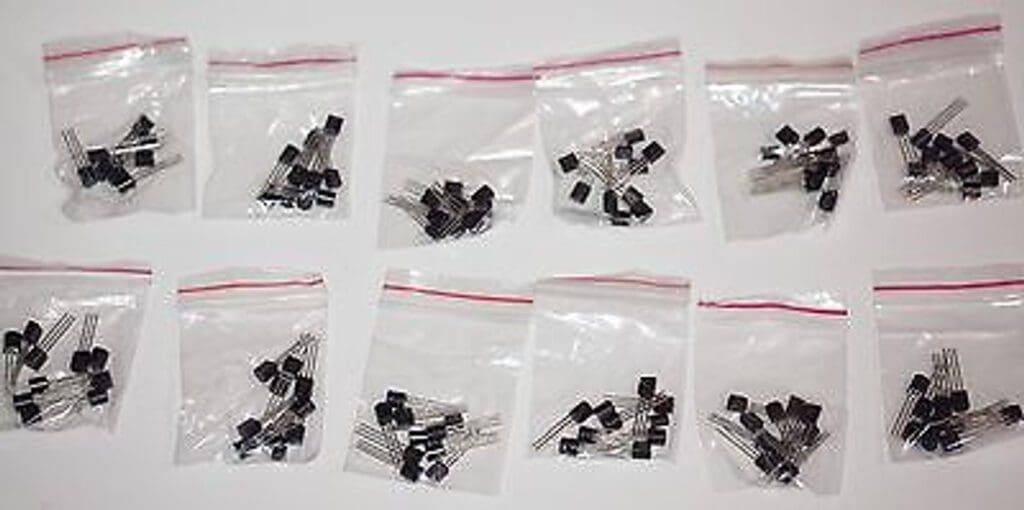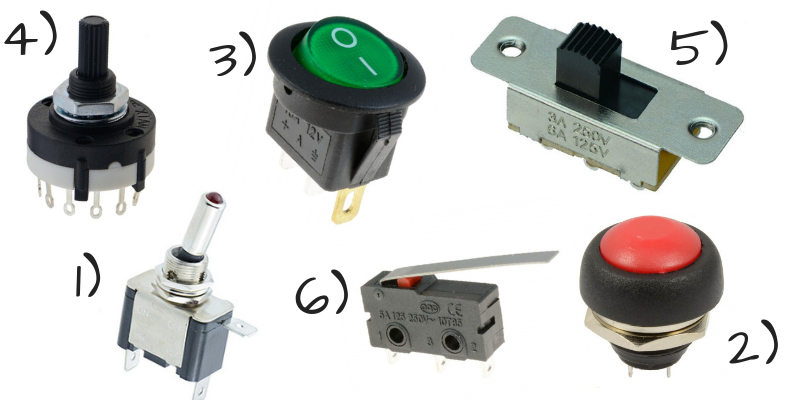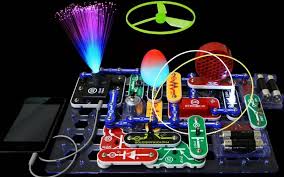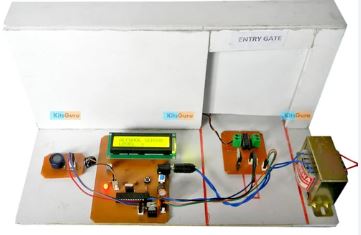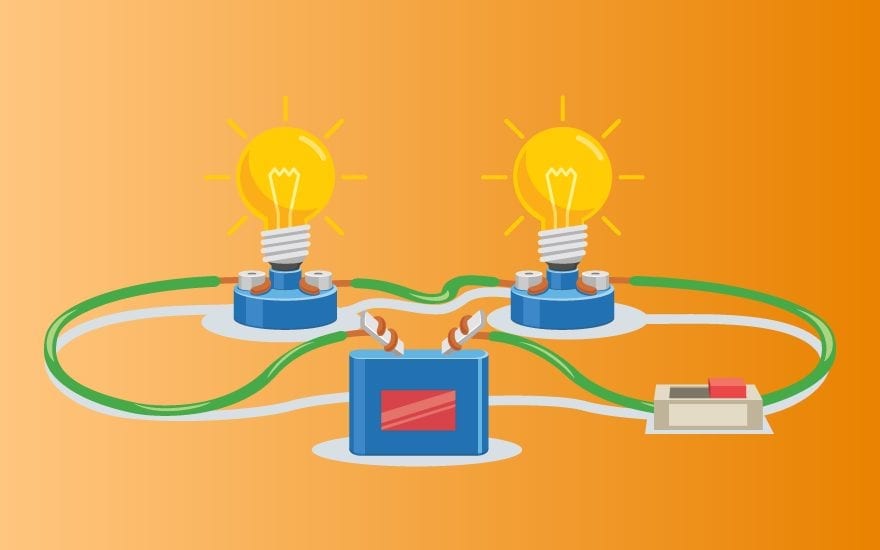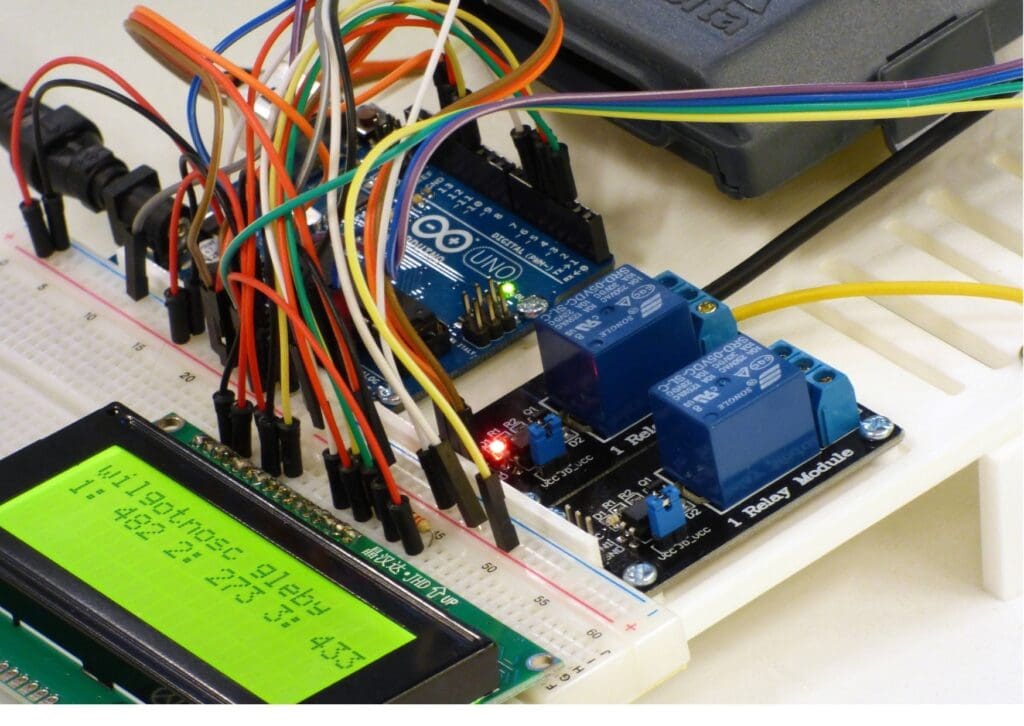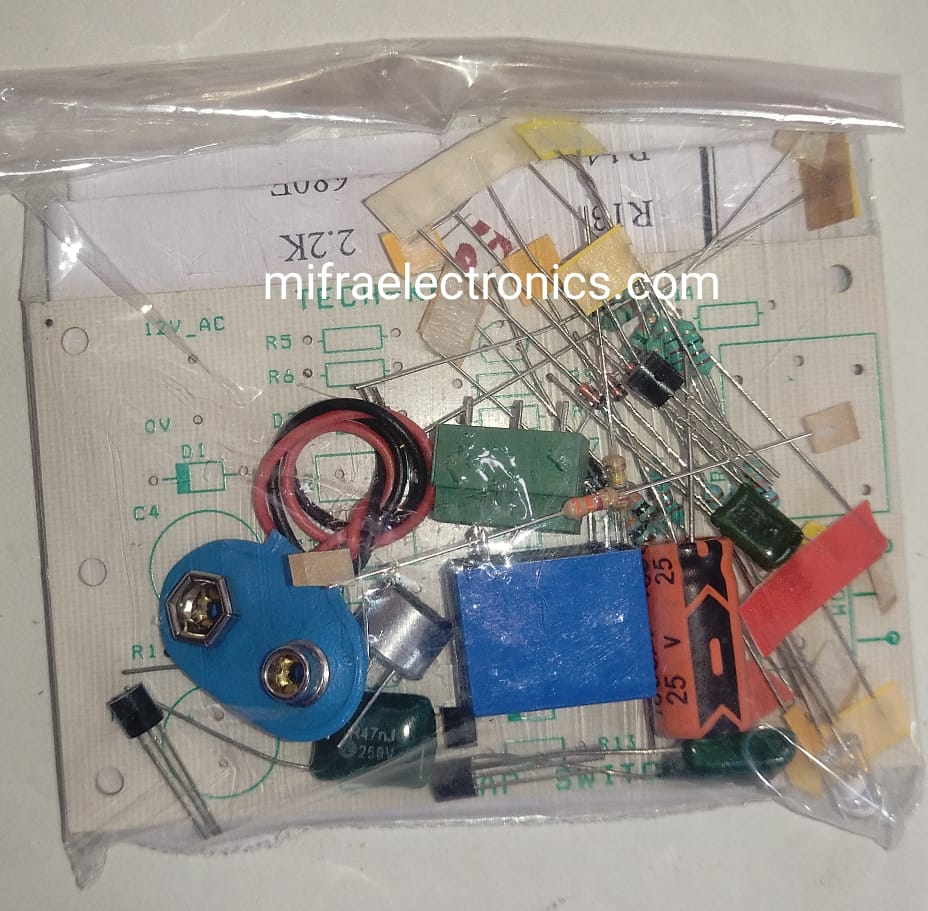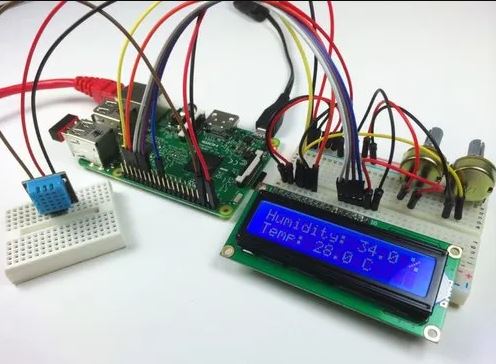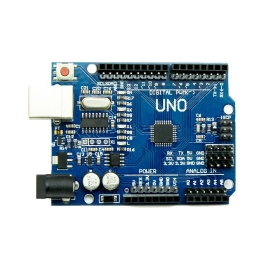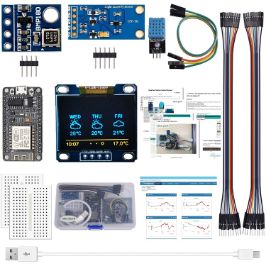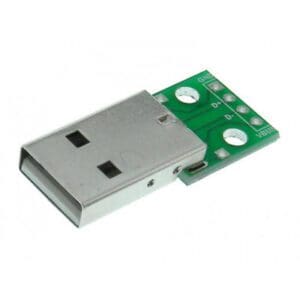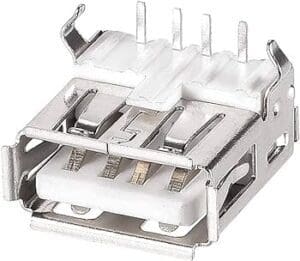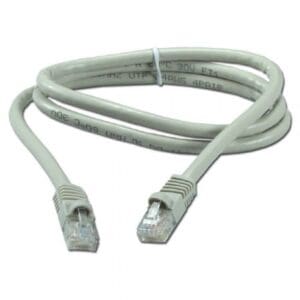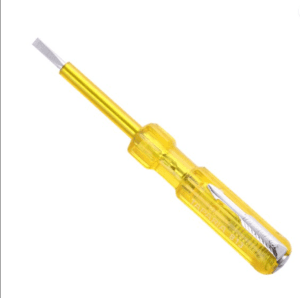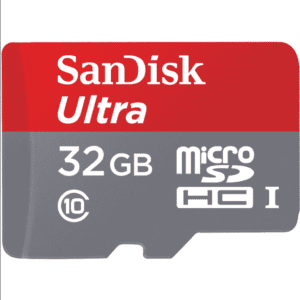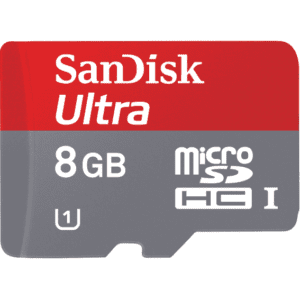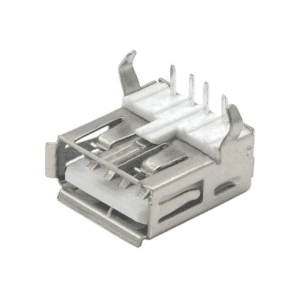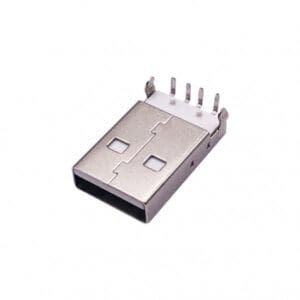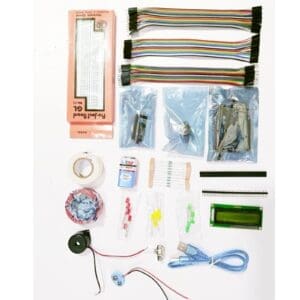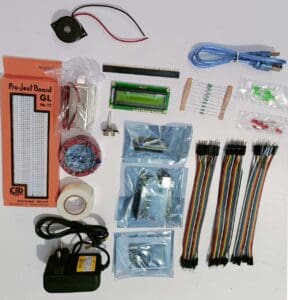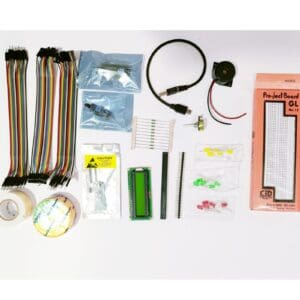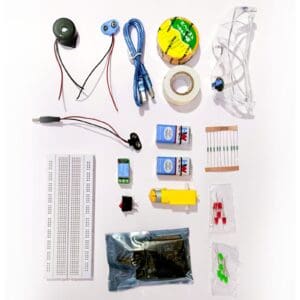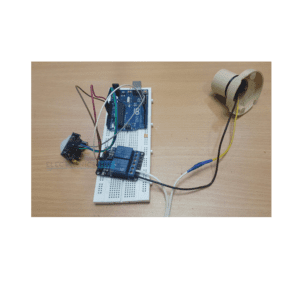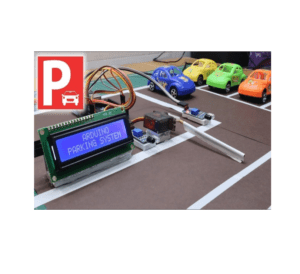Introduction
- The intersection of electronics and nanotechnology is a fascinating and rapidly evolving field that holds immense promise for various applications in science and technology. At its core, nanoelectronics involves the manipulation and control of matter at the nanoscale to create electronic devices with superior performance, smaller size, and novel functionalities compared to their conventional counterparts
In summary, the intersection of electronics and nanotechnology in nanoelectronics represents a frontier of scientific exploration and technological innovation, offering exciting opportunities to revolutionize the way we build and use electronic devices in the future.
Projects Categories:
Products Categories:
- Robotics
- Actuators
- Camera Modules
- Drone Kits
- Drone Components
- Chassis
- DC Motors
- Other Robotic accessories
- Pick and Place Modules
- Robotic Kit
- Servo Motors
- Stepper Motors
- Wheels
- Microcontrollers & Programmers
- 8051 Microcontroller
- Arduino Microcontroller
- ARM Development Board
- Interface Module
- NODMCU / ESP Modules
- PIC Microcontroller
- Raspberry Pi
- Devices and Actuators
- Display Modules
- Sensors & Module
- Power Supply / Batteries
- Wireless modules
- Electronic Components
- Wholesale Market
Description
Nanotechnology: Nanotechnology deals with materials and structures at the nanoscale, typically ranging from 1 to 100 nanometers. At this scale, materials often exhibit unique properties due to quantum effects and surface interactions. Researchers manipulate atoms and molecules to design and engineer materials with specific properties for various applications.
Electronics: Electronics focuses on the study, design, and development of devices that manipulate the flow of electrons to perform specific functions. Traditional electronic devices, such as transistors, diodes, and integrated circuits, have been crucial in powering modern technology.
- these two fields converge, we get nanoelectronics, which involves:
Miniaturization
Nanotechnology enables the miniaturization of electronic components to nanoscale dimensions. This miniaturization leads to devices that are smaller, faster, and more energy-efficient than conventional electronics.
Novel Materials:
Nanomaterials, such as carbon nanotubes, graphene, and quantum dots, exhibit unique electrical, optical, and mechanical properties. These materials can be used to create new types of electronic devices with improved performance and functionalities.
Bottom-up and Top-down Approaches:
- Nanoelectronics employs both bottom-up and top-down fabrication techniques. Bottom-up approaches involve building devices atom by atom, while top-down methods involve shrinking existing electronic components to the nanoscale.
Emerging Devices:
Nanoelectronics has led to the development of various emerging devices, including nanowires, single-electron transistors, memristors, and quantum computers. These devices offer unprecedented capabilities in computing, sensing, and communication.
Appilications :
- Nanoelectronics has numerous applications across various sectors, including information technology, healthcare, energy, and environmental monitoring. Examples include ultra-fast transistors for processors, highly sensitive biosensors for medical diagnostics, and efficient solar cells for renewable energy.
Challenges:
- Despite its potential, nanoelectronics faces several challenges, including scalability, reliability, and manufacturing costs. Researchers are continuously exploring new materials, fabrication techniques, and device architectures to overcome these challenges and unlock the full potential of nanoelectronics.


Electronics applications in nanotechnology
1. Nano electronic Devices: Nanotechnology facilitates the development of electronic devices with nanoscale components. These include nanowire transistors, carbon nanotube-based circuits, and graphene-based electronic devices. These nanoscale devices offer advantages such as higher speed, lower power consumption, and increased integration density compared to traditional electronic components.
2. Quantum Dots: Quantum dots are nanoscale semiconductor particles with unique optical and electronic properties. They find applications in displays, lighting, solar cells, and biological imaging. In electronics, quantum dots are utilized in quantum dot transistors, quantum dot lasers, and quantum dot solar cells to enhance performance and efficiency.
3. Nanoelectromechanical Systems (NEMS): NEMS are devices that integrate electronic and mechanical components at the nanoscale. Examples include nanoscale resonators, switches, and sensors. NEMS have applications in high-frequency electronics, sensing, and signal processing, offering advantages such as high sensitivity and low power consumption.
4. Spintronics: Spintronics is a branch of nanoelectronics that exploits the spin of electrons to store, process, and transmit information. Spintronic devices, such as spin valves and magnetic tunnel junctions, are used in magnetic storage devices (like hard drives), magnetic random-access memory (MRAM), and spin-based logic circuits.
5. Flexible Electronics: Nanotechnology enables the development of flexible and stretchable electronic devices using nanomaterials such as carbon nanotubes, graphene, and organic semiconductors. Flexible electronics have applications in wearable devices, flexible displays, and conformable sensors.
6. Nano plasmonics: Nano plasmonics involves the manipulation of surface plasmons—collective electron oscillations—in metallic nanostructures. This field is utilized in nanoscale optoelectronic devices such as plasmonic waveguides, nanoscale light sources, and biosensors. Nano plasmonic devices offer enhanced light-matter interactions and miniaturization compared to conventional optics.
7. Molecular Electronics: Molecular electronics involves the use of individual molecules as electronic components. Nanotechnology facilitates the precise manipulation and assembly of molecules to create molecular-scale devices such as molecular wires, diodes, and switches. Molecular electronics holds promise for ultra dense integrated circuits and molecular-scale computing.
8. Energy Harvesting and Storage: Nanotechnology plays a crucial role in improving the efficiency and performance of energy harvesting and storage devices. Nanomaterials are used in lithium-ion batteries, supercapacitors, and solar cells to increase energy density, charge/discharge rates, and overall efficiency.
- These applications demonstrate the diverse ways in which nanotechnology is revolutionizing electronics, leading to smaller, faster, more energy-efficient devices with novel functionalities. As research in this field continues, we can expect further advancements and innovative applications of nanoelectronics in various domains.


Nano technolgy Impact On Electronics And Computing
Nanotechnology’s impact on electronics and computing is profound and ongoing, revolutionizing the way we design, manufacture, and use electronic devices. Here are some examples of how nanotechnology is shaping the field of electronics and computing in real-time:
1. Smaller Faster Processors: The semiconductor industry continues to push the limits of miniaturization using nanotechnology. Advanced lithography techniques enable the fabrication of nanoscale features on computer chips, leading to smaller transistors and denser integrated circuits. This results in faster processors with higher computational power, exemplified by the latest generations of CPUs and GPUs from companies like Intel, AMD, and NVIDIA.
2. Non-volatile Memory: Nanotechnology has enabled the development of non-volatile memory technologies with higher density, faster access times, and lower power consumption. For example, Intel’s Optane memory, based on 3D XPoint technology, offers significantly faster data access compared to traditional NAND flash memory, making it well-suited for caching and accelerating storage systems.
3. Quantum Computing: Quantum computing leverages the principles of quantum mechanics to perform computations at speeds unattainable by classical computers. Nanotechnology plays a crucial role in building and controlling quantum bits (qubits), which are the fundamental units of quantum information. Companies like IBM, Google, and Rigetti are actively developing quantum processors based on nanoscale superconducting circuits and semiconductor quantum dots.
4. Flexible and Wearable Electronics: Nanotechnology enables the fabrication of flexible and stretchable electronic devices using nanomaterials like carbon nanotubes, graphene, and organic semiconductors. Real-time examples include wearable fitness trackers, smart clothing, and flexible displays, such as those found in Samsung’s Galaxy Fold series and LG’s rollable OLED TVs.
5. Advanced Sensors: Nanotechnology has led to the development of highly sensitive sensors for various applications, including environmental monitoring, healthcare, and consumer electronics. For instance, nanomaterial-based gas sensors can detect trace amounts of pollutants in the air, while nanowire-based biosensors enable rapid and accurate detection of biomolecules for medical diagnostics.
6. Energy-efficient Electronics: Nanotechnology plays a vital role in improving the energy efficiency of electronic devices, thereby reducing power consumption and environmental impact. Examples include nanomaterial-enhanced solar cells, energy-efficient LED lighting, and low-power electronic components for portable devices like smartphones and tablets.
7. Emerging Nano electronic Devices: Nanotechnology is driving the development of novel electronic devices with unique functionalities. Examples include memristors for non-volatile memory and neuromorphic computing, single-electron transistors for ultra-low power electronics, and spintronics-based devices for information storage and processing.
- These examples illustrate how nanotechnology is transforming the landscape of electronics and computing, driving innovation across various sectors and paving the way for a future of smaller, faster, and more energy-efficient devices. As nanotechnology continues to advance, we can expect further breakthroughs that will shape the next generation of electronic technologies.
In Conclusion
In conclusion, nanotechnology’s impact on electronics and computing is profound and multifaceted, driving innovation across various domains and reshaping the way we design, manufacture, and utilize electronic devices. From smaller, faster processors to flexible and wearable electronics, nanotechnology has enabled advancements that were once thought impossible.
Real-time examples such as advanced processors from industry leaders, emerging quantum computing technologies, and flexible wearable devices highlight the tangible benefits of nanotechnology in enhancing performance, energy efficiency, and functionality in electronic systems.
Moreover, nanotechnology continues to spur the development of novel electronic devices and materials, paving the way for breakthroughs in areas such as non-volatile memory, advanced sensors, and energy-efficient electronics. These innovations hold the promise of addressing pressing societal challenges, including healthcare, environmental monitoring, and sustainable energy solutions.
As research and development in nanotechnology progress, we can anticipate even more transformative advancements in electronics and computing. By leveraging the unique properties of nanomaterials and nanoscale phenomena, we are poised to unlock new possibilities and usher in an era of unprecedented technological progress.
In essence, nanotechnology serves as a catalyst for innovation in electronics and computing, driving continuous improvement and pushing the boundaries of what is achievable. Its profound impact underscores its significance as a key enabler of the digital revolution, shaping the future of technology and society as a whole.
.
For additional blog content, to explore further insights and articles. Click here
Understanding Integrated Circuit And Microchips
Understanding Integrated Circuit And Microchips Introduction Integrated circuits (ICs), often referred to as microchips, are...
Read MoreExploring The world of Quantum
Exploring The World Of Quantum Sensors Quantum sensors are fascinating devices that leverage the principles...
Read MoreRaspberry Pi
Raspberry Pi Introduction Welcome to the world of Raspberry Pi projects, where creativity meets technology!...
Read MoreAdvanced Application of Artificial
Advanced Applications Of Artificial Intelligence In Electronics Introduction In the realm of electronics, the fusion...
Read More


